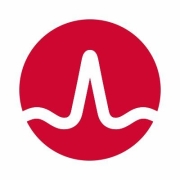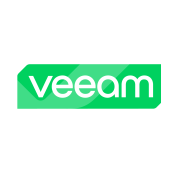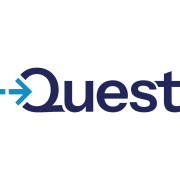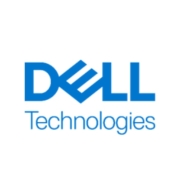Virtualization Management Tools streamline and optimize resource utilization, enabling seamless management of virtual environments. These solutions are key in enhancing operational efficiency and reducing overhead costs.
Virtualization Management Tools provide capabilities to monitor, manage, and optimize virtual environments on a centralized platform. They enable IT administrators to control multiple virtual machines and ensure effective resource allocation. They help in responding swiftly to workload demands and maintaining system stability. These tools are integral in supporting dynamic and complex IT infrastructures across various industries.
What are the key features of these solutions?In healthcare, these tools are used to maintain high availability of patient records and enable secure remote consultations. In the financial sector, they support transaction processing and compliance by ensuring strong data protection and availability. The education sector leverages these solutions to facilitate virtual learning environments efficiently.
Organizations benefit from using Virtualization Management Tools as they enable effective resource management, which is crucial for maintaining operational efficiency and agility while adapting to ever-evolving business demands.
| Product | Market Share (%) |
|---|---|
| VMware Aria Operations | 30.0% |
| IBM Turbonomic | 13.0% |
| Nutanix Prism | 11.7% |
| Other | 45.3% |























Virtualization Management Tools enhance resource allocation by ensuring that virtual machines are optimally distributed across physical servers. This improves hardware utilization, reduces costs, and minimizes energy consumption. By automating workload distribution, these tools help you manage resources more efficiently, ensuring that critical applications receive the necessary compute power.
What are key features to look for in Virtualization Management Tools?When selecting Virtualization Management Tools, consider features like automated provisioning, performance monitoring, workload optimization, and instant migration capabilities. Advanced analytics and reporting are vital for understanding your virtual environment’s performance. Security features, including role-based access controls and data encryption, are essential to safeguard your virtualized infrastructure.
Can Virtualization Management Tools aid in disaster recovery?Virtualization Management Tools play a crucial role in disaster recovery by allowing for quick and efficient restoration of virtual machines in the event of a failure. They offer snapshot and backup functionalities, enabling you to recover and restore data rapidly. Planning and testing disaster recovery scenarios become more straightforward, ensuring business continuity.
How do Virtualization Management Tools streamline IT operations?These tools streamline IT operations by automating routine tasks such as provisioning, scaling, and updating virtual environments. This reduces manual intervention, allowing your IT team to focus on strategic initiatives. Enhanced monitoring and reporting provide insights into performance and usage trends, helping you make informed decisions about infrastructure management.
Do Virtualization Management Tools support multiple hypervisors?Many Virtualization Management Tools offer support for multiple hypervisors, providing flexibility and scalability for your IT environment. This capability allows integration across different platforms like VMware, Hyper-V, and KVM, simplifying multi-hypervisor management. This ensures consistency in operations and streamlines the management of diverse virtual ecosystems.